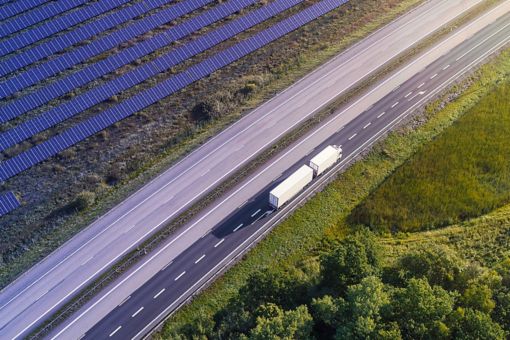With the decarbonisation to climate neutrality in 2045, Germany is in the midst of the largest transformation of the economy since industrialisation. The regulatory requirements are correspondingly high: According to the Corporate Sustainability Reporting Directive (CSRD), more than 50,000 additional companies with business in the EU must report on their social and environmental goals and efforts as early as 2024.
Decarbonisation is also economically imperative: According to the US rating agencies Fitch Ratings and Moody's, companies can expect a downgrade of their credit rating and higher borrowing costs if they do not make efforts to protect the climate. End consumers have also long expected climate-friendly and fairly produced products.
Companies should establish decarbonisation concepts
Even though climate protection can only succeed in different ways in different sectors, it is nevertheless equally sensible for all to implement concrete decarbonisation concepts. These are based on the following three steps:

First: Calculate and record greenhouse gases
Currently, emissions data is rarely evaluated properly. Rather, companies rely on publicly available average values, if at all. But this is increasingly no longer sufficient. After all, CSRD and EU taxonomy aim to provide investors, consumers and other stakeholders with access to verifiable sustainability information.
For most companies, recording their greenhouse gas emissions is currently a major challenge. After all, this does not only mean Scope 1 emissions, i.e. those for which the company is directly responsible and in control. Rather, Scope 2 emissions that arise indirectly from purchased energy must also be recorded, as well as Scope 3 emissions from upstream and downstream stages of the value chain. These result in particular from the purchase of intermediate products or from the goods and services sold by the company. The latter usually account for the largest share of a company's greenhouse gases, but are at the same time the most complicated to record.
Chart (in German only)


Second: Set emissions targets
Once emission sources and their magnitudes have been evaluated, the second step is to set emission targets per year. These targets should be both competitive and compliant with, for example, the Science-based Targets Initiative (SBTi), one of the world's leading initiatives for science-based validation of climate targets. Companies should bear this in mind: Although the SBTi standard is publicly known and accessible, external support may be necessary to navigate the complex guidelines and formulate appropriate targets.

Third: Create a roadmap
Based on the emission targets, scenarios are developed with measures that are suitable for the respective company. This includes addressing potentially relevant technologies that could play a decisive role in decarbonisation in the product portfolio. A (long-term) roadmap is then developed that lists all the steps required to implement the desired scenario and translates the concept into an implementation plan, including timing and appropriate project management (PMO).
Appropriate decarbonisation concepts that include all the steps outlined make it easier for companies in any industry to meet regulatory requirements, achieve economic goals - and, last but not least, live up to their ethical responsibility.
Contact KPMG's decarbonisation strategy team today to find out how we can support you individually.
Further information
Your contact
Keywan Ghane
Partner, Performance & Strategy
KPMG AG Wirtschaftsprüfungsgesellschaft
Dr. Thomas Künzel
Senior Manager, Performance & Strategy, Enterprise Performance
KPMG AG Wirtschaftsprüfungsgesellschaft
Robert Schwarz
Senior Manager, Performance & Strategy, Enterprise Performance
KPMG AG Wirtschaftsprüfungsgesellschaft
Connect with us
- Find office locations kpmg.findOfficeLocations
- kpmg.emailUs
- Social media @ KPMG kpmg.socialMedia








